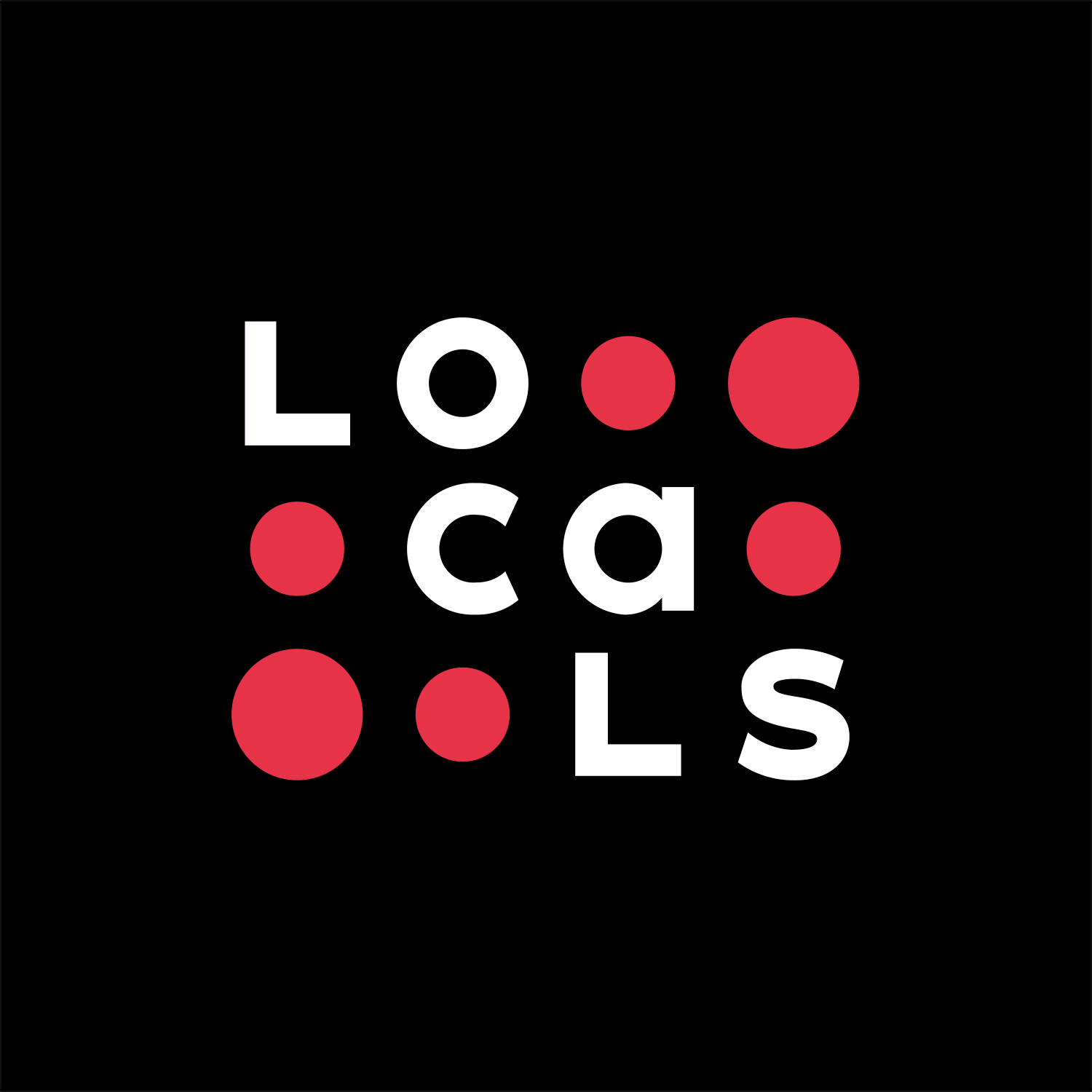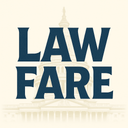In a bombshell White House press conference on September 22, 2025, President Donald Trump, alongside Health and Human Services Secretary Robert F. Kennedy Jr. and FDA Commissioner Marty Makary, issued a stark warning to expectant mothers:
Acetaminophen, the active ingredient in Tylenol, may be fueling the autism epidemic. Citing mounting scientific evidence, the administration announced immediate steps to update drug labeling, urging clinicians to prescribe the lowest effective dose for the shortest duration during pregnancy.
This move comes amid skyrocketing rates of autism spectrum disorder (ASD) and attention-deficit/hyperactivity disorder (ADHD), which now affect 1 in 36 U.S. children – a 300% increase since the 1990s. The timing couldn’t be more urgent: With diagnoses surging, parents deserve answers, not excuses.
The press conference spotlighted a rigorous August 2025 meta-analysis from Harvard T.H. Chan School of Public Health, Mount Sinai, UCLA, and UMass Lowell, which reviewed 46 global studies using the gold-standard Navigation Guide methodology.
The verdict? Prenatal exposure to acetaminophen is associated with a 19-26% heightened risk of ASD and ADHD in children, with risks climbing higher for chronic use, especially in the third trimester. Lead researcher Diddier Prada, MD, PhD, from Mount Sinai, emphasized that “higher-quality studies are more likely to show this link,” pointing to biological mechanisms like oxidative stress and endocrine disruption that could impair fetal brain development.
Earlier cohort studies, including the Nurses’ Health Study II and Boston Birth Cohort, echo this: Children with the highest cord blood levels of acetaminophen metabolites faced up to 3 times the risk of these disorders compared to the lowest exposure group.
Skeptics point to a 2024 Swedish study in JAMA, which found no link after sibling controls accounted for genetic factors. But here’s the rub:
That analysis relied on self-reported data and prescriptions, potentially missing over-the-counter use – a glaring gap in a drug taken by over 50% of pregnant women worldwide.
Moreover, the meta-analysis’s comprehensive approach, including dose-response patterns, tips the scales toward validity. As Commissioner Makary put it, “The precautionary principle demands action – low-grade fevers often don’t need meds, and untreated pain has alternatives.” While causation isn’t ironclad (randomized trials are ethically impossible), the consistent associations across diverse populations scream for caution. Dismissing this as “correlation” ignores the human cost: Thousands of families blindsided by diagnoses that could have been mitigated.
But the Tylenol revelation is just the tip of a toxic iceberg. Consider the vaccine schedule slammed on newborns – a barrage of shots in the first months that some experts argue overwhelms fragile immune systems, potentially exacerbating neurodevelopmental risks.
The CDC mandates hepatitis B within 24 hours of birth, followed by a cocktail of DTaP, Hib, polio, PCV, rotavirus, and more by two months. For low-risk newborns – those not born to hepatitis B-positive mothers – hep B vaccination is largely precautionary, shielding against a disease spread via blood or sex, not casual contact. Yet it’s pushed universally, injecting aluminum adjuvants and antigens into a body still acclimating to the world.
Critics, including independent researchers, contend this “kitchen sink” approach – up to 8 vaccines at once – floods the system with immune stimulants during a critical brain growth window. While mainstream bodies like the CDC insist “no link to autism exists,” a 2013 Pediatrics study found no increased autism risk from antigen exposure, but it didn’t probe cumulative effects on ADHD or subtle neurological tweaks.
Historical parallels are telling: The 1980s vaccine expansion coincided with autism’s rise, and thimerosal (a mercury preservative phased out by 2001) was once blamed – yet rates kept climbing. Today, with aluminum loads exceeding EPA safety limits in some schedules, questions linger about inflammation’s role in brain wiring.
For newborns, many of these jabs feel unnecessary overkill; delaying or spacing them could reduce overload without sacrificing core protections like polio or pertussis. Parents aren’t anti-vax – they’re pro-science, demanding schedules tailored to actual risk, not one-size-fits-all mandates.
This isn’t coincidence; it’s fallout from a rotten system. Big Pharma and government complicity have turned health into a profit machine. The industry, raking in $535 billion on U.S. prescriptions in 2018 alone (up 50% in a decade), corrupts every level: Funding 75% of FDA reviews via user fees, ghostwriting studies, and bribing doctors with kickbacks disguised as “consulting fees.” Purdue Pharma’s opioid crisis killed 500,000 – yet executives walked with billions, shielded by lax oversight.
Tylenol’s maker, Johnson & Johnson, faces 40,000 lawsuits over talc cancer links, while vaccine makers enjoy liability immunity under the 1986 Act. Government? It’s Pharma’s lapdog: Revolving doors shuttle regulators to executive suites, and lobbying ($300 million yearly) torpedoes price caps or independent testing.
Reform isn’t optional – it’s survival. Mandate independent drug trials funded by taxpayers, not corporations. Cap vaccine schedules for newborns, prioritizing hep B only for high-risk cases. Enforce transparency: Ban industry-funded “patient advocacy” groups and jail executives for bribery. As Kennedy declared at the conference, “We’ve prioritized profits over kids too long.”
With autism costing $268 billion annually, the math is clear: Prevention saves lives and dollars. Expectant parents, talk to your doctors – question the pills, the shots, the status quo. The discovery isn’t just valid; it’s a clarion call. Our children’s futures hang in the balance – let’s reform before it’s too late.










Share:
Shadows of 2028: AOC and JD Vance's Establishment Dance
James Comey Indicted: A Long-Awaited Reckoning or Political Theater?